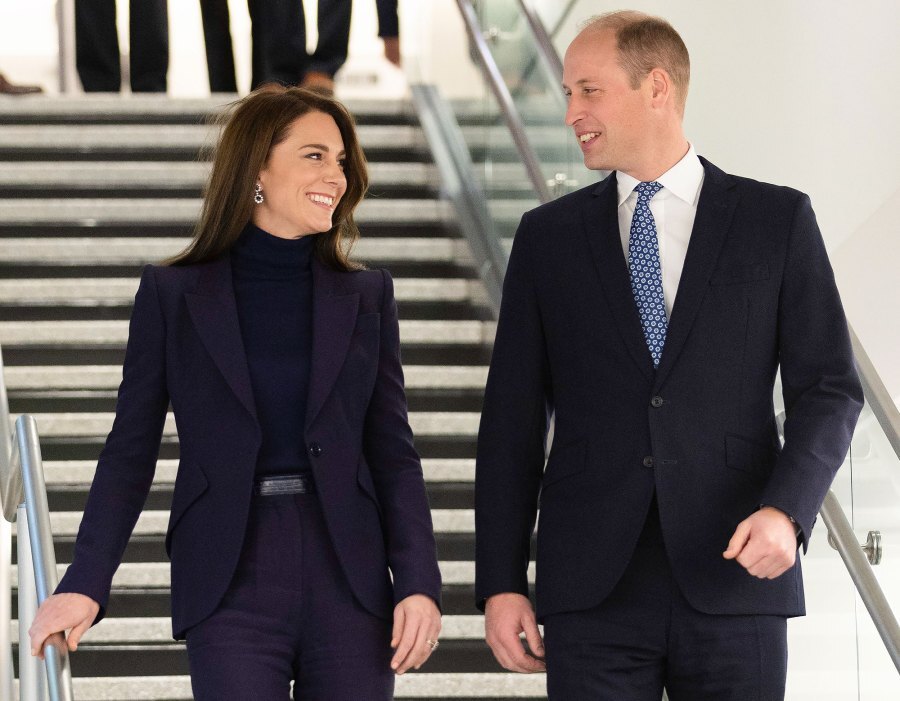Prince William found himself at the center of a whimsical yet probing cartoon in The Washington Post that swiftly took the internet by storm. Depicted in the illustration, William was seen holding up a wooden puppet resembling his wife, Kate Middleton, to a palace window in what appeared to be a quirky attempt to portray her presence.
The Princess of Wales underwent abdominal surgery on January 16 and has since been recuperating, resulting in her absence from official duties. Her last public appearance dates back to the royal family’s Christmas Day stroll to church at Sandringham.
The void left by her absence sparked a flurry of speculation on social media, with various theories emerging, particularly after alterations were noticed in a family portrait released for Mother’s Day. Seizing on the intrigue, The Washington Post lightened the mood with its cartoon, humorously suggesting William’s unconventional method of showcasing Kate to the public.
The cartoon quickly gained traction online, garnering over half a million views and 12,000 likes on platforms like X, formerly known as Twitter. This incident adds to a trend in American mainstream media where William and Kate have increasingly become subjects of light-hearted jests, as observed during discussions on marital rumors on The Late Show with Stephen Colbert.

Kate herself addressed the altered image, acknowledging her edit and extending an apology via a post on X. However, the focus shifted to whether the palace would release the original photograph, a request they have thus far declined. With no replacement image forthcoming, both social media users and mainstream commentators find themselves puzzled.
Photographers managed to capture a glimpse of Kate in a car alongside Prince William, albeit in shadow, with her face turned away from the camera. Additionally, a paparazzi photo published by TMZ on March 4 offered a blurry image, further fueling uncertainty.
Meanwhile, pressure mounts on Kensington Palace and Prince William, even from traditionally supportive outlets like the Daily Mail. Columnist Liz Jones criticized the palace’s handling of the situation, suggesting a more transparent approach would have quelled speculations and spared Kate undue scrutiny.
As the saga unfolds, observers like Jack Royston, Newsweek’s chief royal correspondent based in London, provide insights and updates on platforms like X and Facebook. Readers are encouraged to reach out with questions or inquiries about the royal family, ensuring ongoing engagement and discussion within the community.


